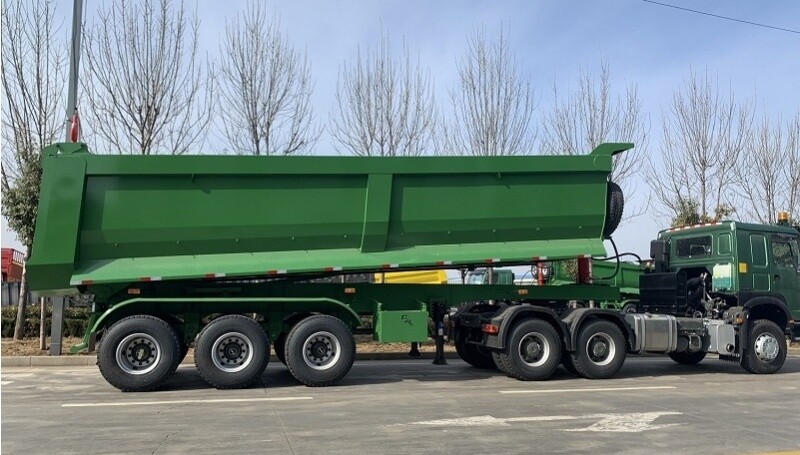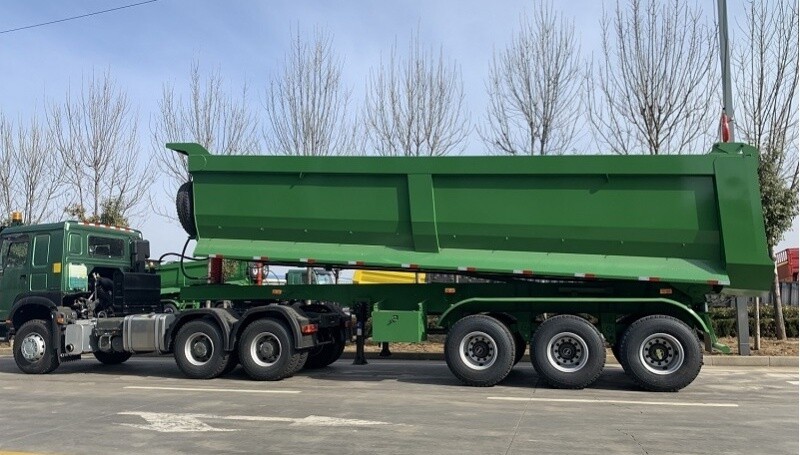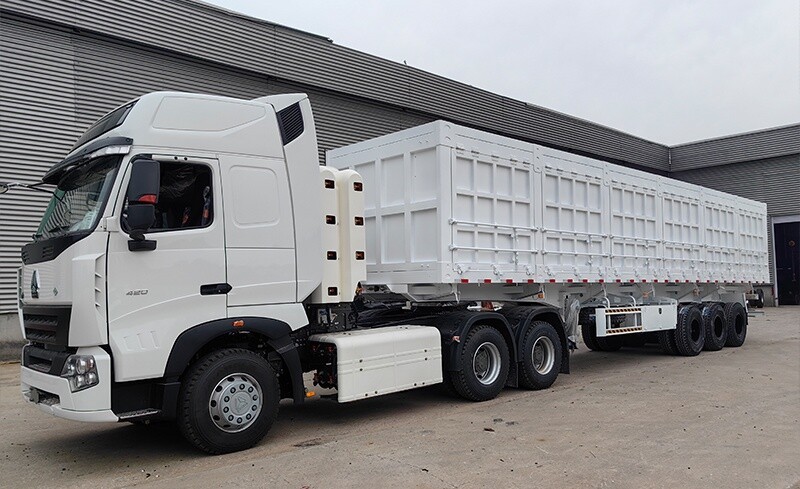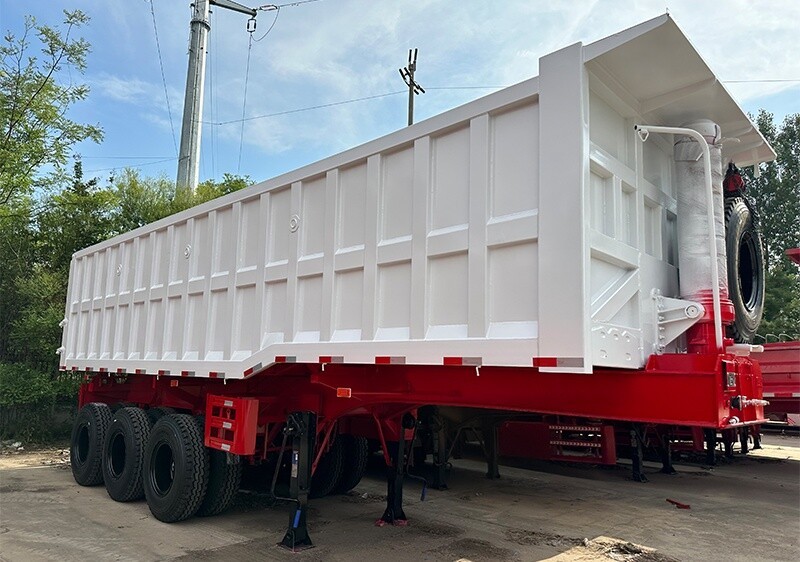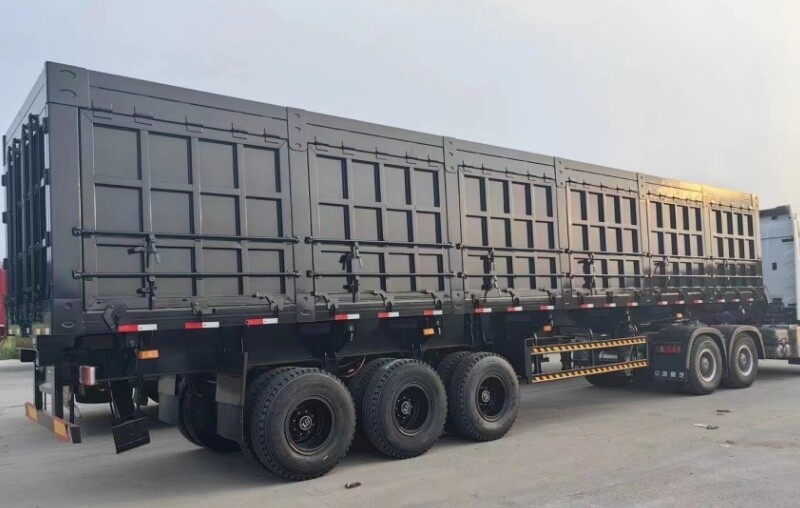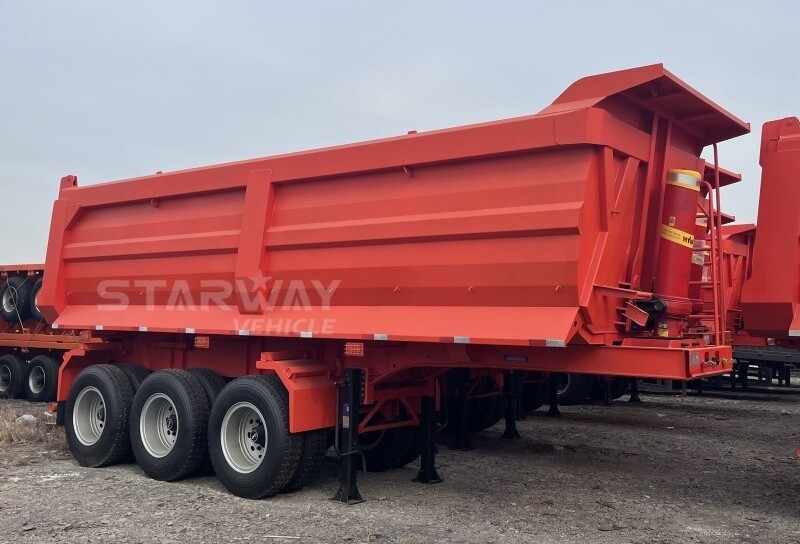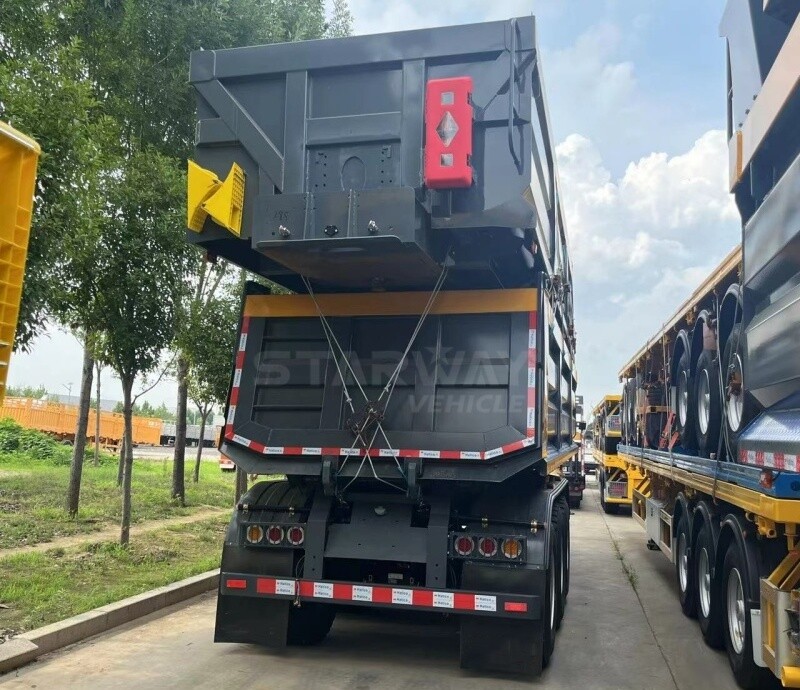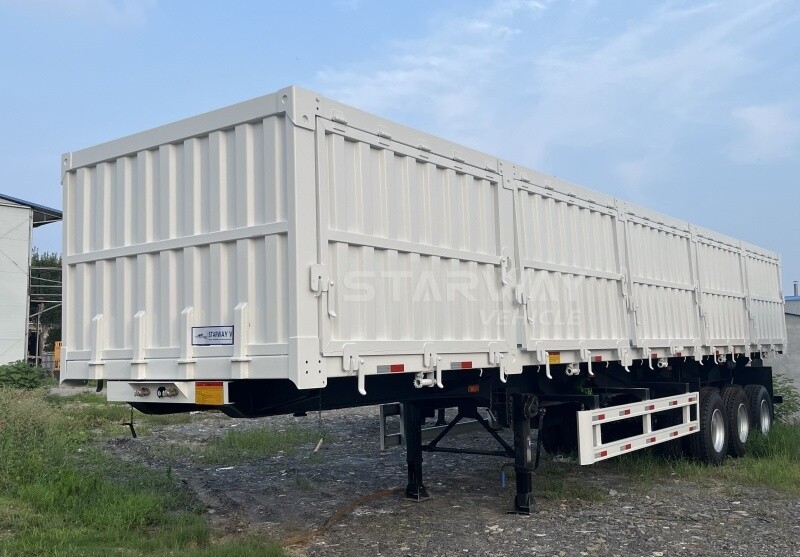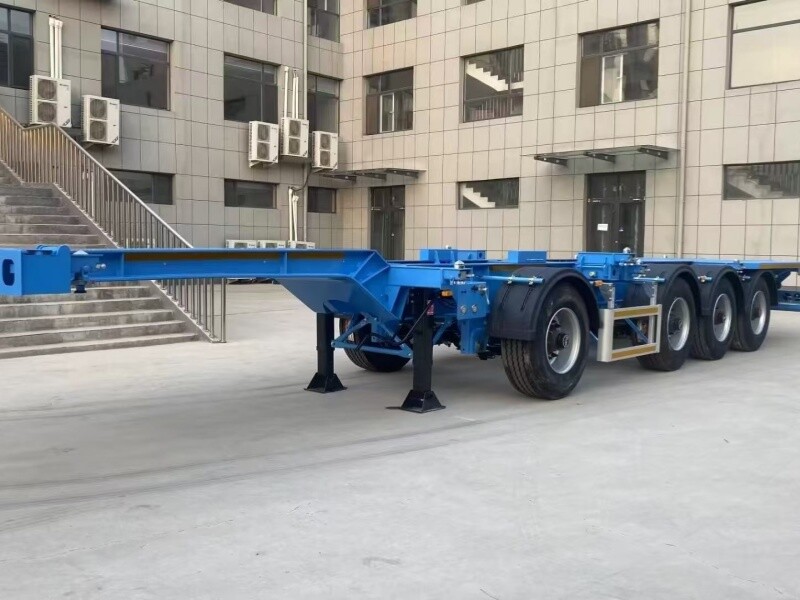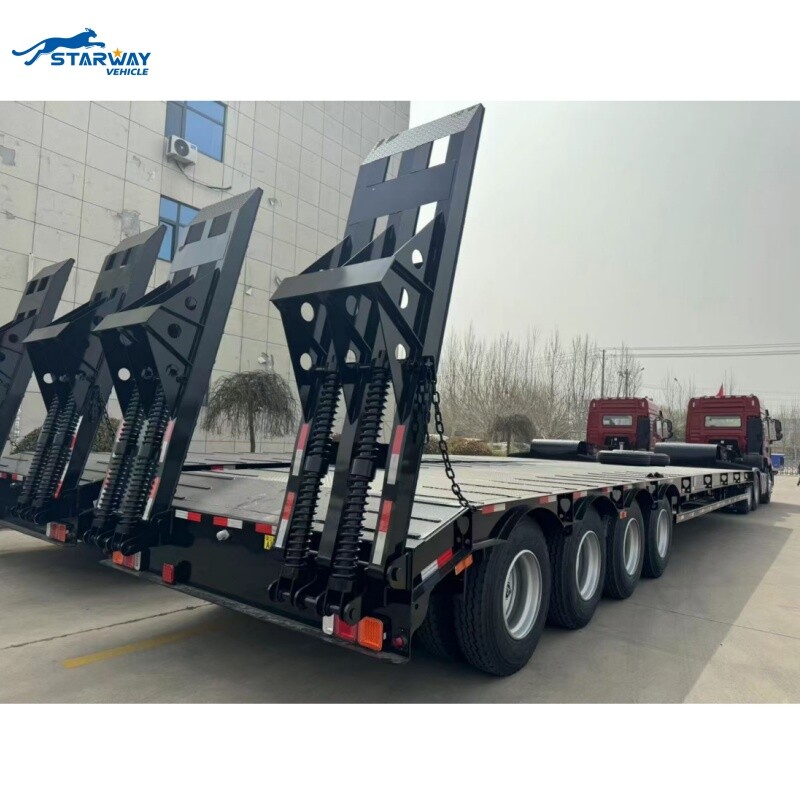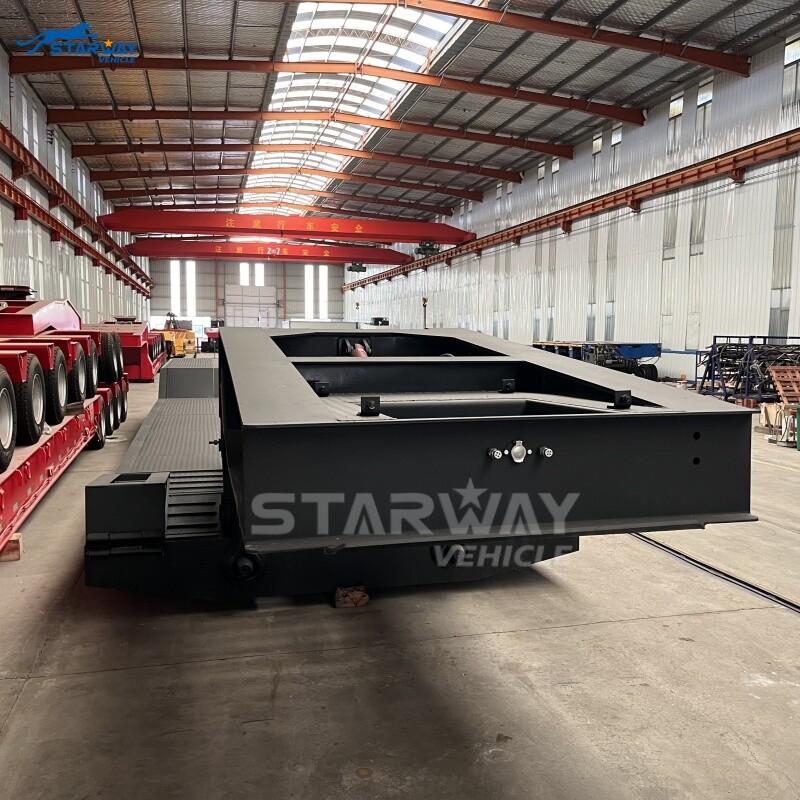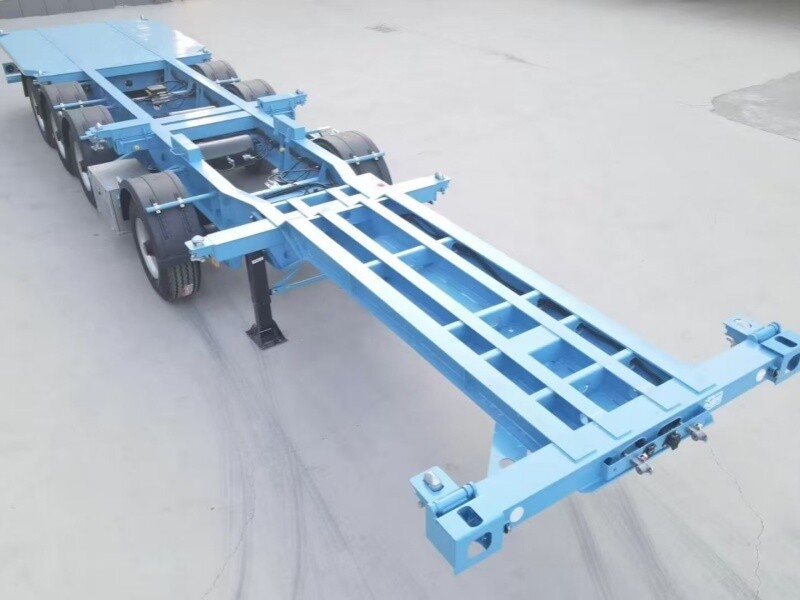Dump trailers are a cornerstone in industries like construction, agriculture, and logistics. They offer unmatched efficiency when it comes to transporting and unloading materials like sand, gravel, or debris. However, to maximize the benefits of this versatile equipment, it’s essential to understand how they work, their different types, and how to maintain them. This guide dives deep into the world of dump trailers, addressing common questions and providing a practical roadmap for optimal use.

At its core, a dump trailer is a specialized trailer equipped with a hydraulic lift system that allows the bed to tilt for unloading materials. This design eliminates the need for manual labor when dealing with heavy loads, saving both time and energy. Widely recognized for their efficiency, dump trailers are invaluable for bulk material transport in demanding industries.
The hydraulic mechanism provides smooth and controlled unloading, making it ideal for jobs that require precision and productivity.

1、Types of Dump Trailers
Dump trailers come in different configurations, each suited to specific tasks. The two most commonly used are rear tipping and side tipping dump trailers.

(1) Rear Tipping Dump Trailers
Rear tipping trailers use a hydraulic lift to tilt the bed backward, allowing materials to discharge from the rear. These trailers are preferred in scenarios such as:
- Transporting construction materials like gravel, sand, and stones.
- Long-distance bulk transport.
- Jobs requiring precision unloading in a single direction.
Advantages:
- Simplified unloading process.
- Increased stability during material discharge.
- Suitable for handling heavy and dense loads.
(2) Side Tipping Dump Trailers
Side tipping trailers, as the name suggests, allow the trailer bed to tilt sideways. This design is perfect for:
- Tight spaces where rear tipping isn't feasible.
- Scenarios needing rapid spreading of materials, such as agricultural applications.
- Transporting lightweight or loose materials.
Advantages:
- More versatile in confined areas.
- Faster unloading over large surface areas.
- Easier handling of long, lightweight cargo.

2、When to Choose Rear or Side Tipping Trailers:
1、Opt for rear tipping trailers for heavy-duty tasks requiring precise unloading.
2、Choose side tipping trailers for materials that need to be spread across a broader area quickly.

3、 Shape Selection: U-Shaped vs. Rectangular Dump Trailers
Dump trailers are generally categorized into two shapes—U-shaped and rectangular. Both offer unique benefits depending on the nature of the job.
(1) U-Shaped Dump Trailers
With a curved bed design, U-shaped trailers ensure that materials flow smoothly during unloading, reducing instances of material sticking.
Advantages:
- Enhanced unloading efficiency.
- Improved durability, as the curved design minimizes stress points.
- Perfect for sticky or wet materials like clay or wet sand.
-----
(2) Rectangular Dump Trailers
Rectangular dump trailers have a traditional box-like shape with flat sides and a flat bottom.
Advantages:
- Maximized carrying capacity.
- Best suited for bulk materials like gravel and debris.
- Easier and more cost-effective to repair.
Key Differences:
- U-shaped trailers prioritize efficiency and durability, especially for challenging materials.
- Rectangular trailers excel in volume and versatility for uniform, bulky loads.

4、 Best Materials to Transport with a Dump Trailer
Dump trailers are designed to accommodate a broad range of materials, including:
- Construction: Gravel, sand, crushed stone, and asphalt.
- Agriculture: Crops, fertilizers, and soil.
- Waste Management: Scrap materials, debris, and organic waste.
- Mining: Coal, ore, and other minerals.

5、 Safe Unloading Practices
Safety during unloading is critical to avoid accidents and ensure smooth operations. Follow these guidelines to unload materials securely:
1. Position on Level Ground: Always ensure the trailer is on stable terrain to avoid tipping over.
2. Engage the Brakes: Activate the brakes before raising the hydraulic system.
3. Inspect the Area:Clear the surroundings of any obstacles or personnel.
4. Gradual Hydraulic Lift: Raise the bed slowly to control the material flow.
5. Monitor Material Movement: Stay vigilant for shifts in the load and make necessary adjustments.
6. Lower the Bed Carefully: Once unloading is complete, bring the bed back down before moving the trailer.

6、 How To Maintaining Your Dump Trailer
Proper maintenance not only prolongs your trailer’s lifespan but also ensures safe and efficient operation.
(1) Regular Inspections
- Check hydraulic components for leaks or damage.
- Inspect tires for proper inflation and wear.
- Look for cracks, rust, or other structural issues in the trailer bed.
(2) Lubrication
- Keep moving parts like hinges and hydraulic cylinders well-lubricated.
(3) Cleanliness
- Remove leftover debris after each use to prevent rust and wear.
- Wipe down hydraulic systems to maintain smooth functioning.
(4) Braking System Maintenance
- Ensure brakes are in top condition, especially for heavy loads.
(5) Protect Against Corrosion
- Apply anti-corrosion treatments if the trailer operates in wet or coastal areas.
(6) Hydraulic Fluid Checks
- Monitor fluid levels and replace them when necessary to maintain efficiency.
(7) Professional Servicing
- Schedule routine check-ups with a qualified technician to address potential issues before they escalate.
 What is a 4 Axles 40ft Container Skeleton Semi Trailer?2025-03-28
What is a 4 Axles 40ft Container Skeleton Semi Trailer?2025-03-28 Which industries use 70-ton trailers most?2025-03-12
Which industries use 70-ton trailers most?2025-03-12 For hydraulic gooseneck lowbed semi trailer2025-02-18
For hydraulic gooseneck lowbed semi trailer2025-02-18 Comprehensive Guide to Common Types of Semi-Trailers2025-01-09
Comprehensive Guide to Common Types of Semi-Trailers2025-01-09 The Differences Between Full Trailers, Semi-Trailers, and Tractor2025-01-03
The Differences Between Full Trailers, Semi-Trailers, and Tractor2025-01-03